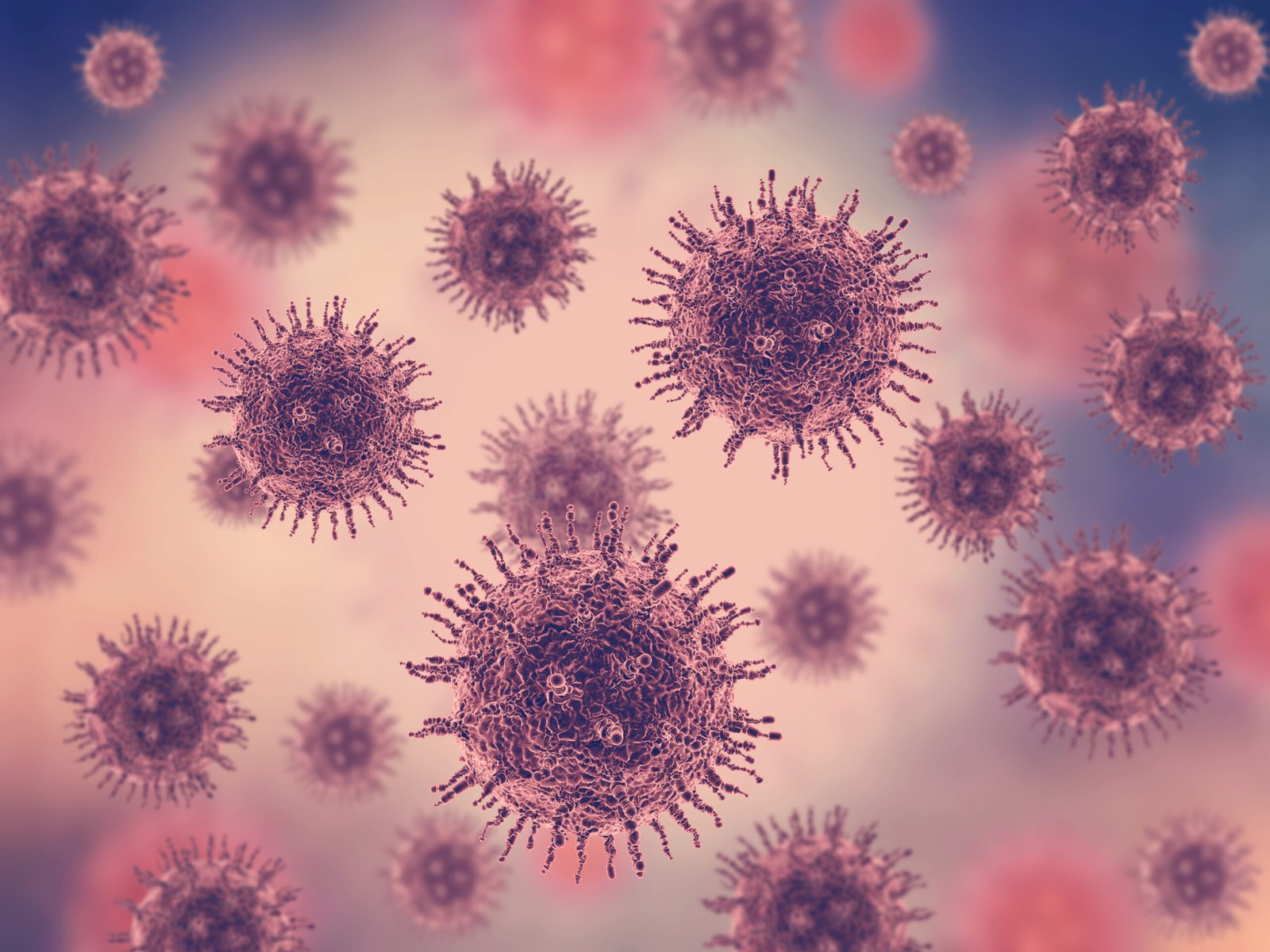Cancer remains one of the most intimating challenges in modern medicine, affecting millions of lives worldwide. While cancer treatment progress has been significant, resistance to therapies remains a serious challenge. Cancer cells often adapt and develop resistance to treatments that were once effective, leading to treatment failure and disease progression.
This article explores resistant cancer cells and current strategies to overcome them. Understanding resistance mechanisms and using advanced treatments can ensure successful treatment outcomes despite resistance challenges.
Understanding Cancer Cell Resistance
Cancer treatment faces a significant challenge: cancer cells become resistant to therapies that once worked. These resistance mechanisms vary from genetic mutations and epigenetic changes within cancer cells to the influence of the tumor microenvironment.
The consequences of untreated or recurrent cancer due to resistance are dire, often leading to poor outcomes and decreased quality of life for patients. Despite advancements in our understanding of these mechanisms, overcoming resistance remains a daunting task. The situation demands a collective effort to address this issue head-on.
Moreover, the economic burden of ineffective treatments adds another layer of urgency to the search for solutions. To combat this, it’s crucial to understand these mechanisms and find ways to target resistant cancer cells effectively.
Mechanisms of Resistance
- Genetic Mutations: Cancer cells can develop genetic mutations over time, making them less responsive to treatment. These mutations affect important cell functions, allowing cancer cells to survive and grow despite treatment.
- Epigenetic Changes: Changes in gene activity, called epigenetic alterations, also contribute to resistance. These changes can silence genes that control cancer growth or activate genes that promote it, making treatment less effective.
- Tumor Microenvironment: The environment around tumors plays a role too. Factors like low oxygen, inflammation, and nearby cells can protect cancer cells from treatment, making them harder to kill.
Importance of Finding Strategies to Attack Resistant Cancer Cells
- Preserving Treatment Efficacy: Resistant cancer cells make treatments that used to work ineffective, lowering survival chances. Finding strategies to overcome resistance helps keep treatments working longer, improving patient outcomes.
- Expanding Treatment Options: Overcoming resistance means more treatment options for patients. Clinicians can tailor treatment regimens to individual patients by targeting resistant cancer cells and optimizing therapeutic outcomes.
- Enhancing Survival Rates: Effective strategies to attack resistant cancer cells prolong patient survival. By preventing or delaying disease progression, these strategies offer hope for better long-term outcomes.
- Addressing Heterogeneity: Resistant cells within tumors vary, showing different resistance levels to specific treatments. Targeting resistant cells helps in reducing the likelihood of treatment failure and disease recurrence.
Current Strategies to Overcome Resistance
Researchers are exploring various innovative strategies to combat cancer cells that develop resistance to treatments. By understanding the underlying resistance mechanisms, these approaches aim to eliminate resilient cancer cells more effectively.
Here are some of the most promising methods being used today.
Targeting Cell-Cycle Kinase Inhibitors
Cell-cycle kinase inhibitors offer a promising solution against cancer resistance. These drugs slow or halt tumor growth by targeting cyclin-dependent kinases (CDKs). CDK inhibitors are effective, especially in hormone receptor-positive breast cancer, and reactivate natural tumor suppressors.
Yet, cancer cells adapt, driving research into next-gen inhibitors targeting additional cell division enzymes. Consequently, early trials show potential for more effective, longer-lasting treatments, pushing researchers to innovate and outpace cancer’s adaptability for better patient outcomes.
Targeted Therapies
Targeted therapies focus on specific molecular targets linked to cancer. These treatments disrupt cancer cell growth and survival. For example, tyrosine kinase inhibitors (TKIs) block signals that make cancer cells grow. Even though resistance can occur through new mutations, targeted therapies like Imatinib for chronic myeloid leukemia (CML) and Trastuzumab for HER2-positive breast cancer have shown great success. They work best when combined with other treatments to help prevent resistance.
Combination Therapies
Combination therapies use multiple treatments to attack cancer cells from different angles, reducing the chance of resistance. This approach can include chemotherapy, targeted therapy, and immunotherapy. For example, combining BRAF and MEK inhibitors effectively treat melanoma by targeting different parts of the same pathway. This makes it harder for cancer cells to survive. Studies show that combination therapies improve response rates and extend progression-free survival, though managing side effects and interactions is important.
Immunotherapy
Immunotherapy uses the body’s immune system to fight cancer, making it a strong tool against resistant tumors. Checkpoint inhibitors like Pembrolizumab and Nivolumab block proteins that stop immune cells from attacking cancer. CAR-T cell therapy modifies a patient’s T-cells to target cancer more effectively and has been successful in certain blood cancers. Immunotherapy’s ability to adapt to cancer cells helps overcome resistance. Research is ongoing to enhance its effectiveness and manage side effects.
Nanotechnology
Nanotechnology uses nanoparticles to deliver drugs directly to cancer cells, increasing drug concentration at the tumor while reducing overall side effects. This approach can bypass resistance mechanisms like drug efflux pumps. Recent advances show that nanomedicine can improve the effectiveness of chemotherapy and targeted therapies.
Gene Editing and CRISPR
Gene editing tools like CRISPR can modify or correct genes responsible for cancer resistance. By targeting specific genes in resistance pathways, CRISPR can restore treatment sensitivity. Though still experimental, this technique shows promise for precision medicine despite ethical and technical challenges.
Emerging Experimental Treatments
New experimental treatments are being explored to fight resistant cancer cells. These include novel small molecules, antisense oligonucleotides, and adaptive therapy strategies. These innovative approaches are in various stages of research and trials, showing potential for future use in overcoming resistance.
Bottom Line
In our quest against cancer, resistant cancer cells stand as formidable opponents. Yet, with advancing knowledge and technology, we have potent weapons at our disposal. We’ve explored various strategies to combat resistance, from targeted therapies to immunotherapy and cutting-edge techniques like nanotechnology and gene editing.
Similarly, we at Globela, are open for collaboration across disciplines and borders, driven by the goal of defeating cancer. Globela’s Oncology department is committed to offering the highest quality products at affordable prices so that as many people as possible can benefit.
Whether you are a patient, a caregiver, or a healthcare professional, we are here to help you in your journey towards a cancer-free future.








